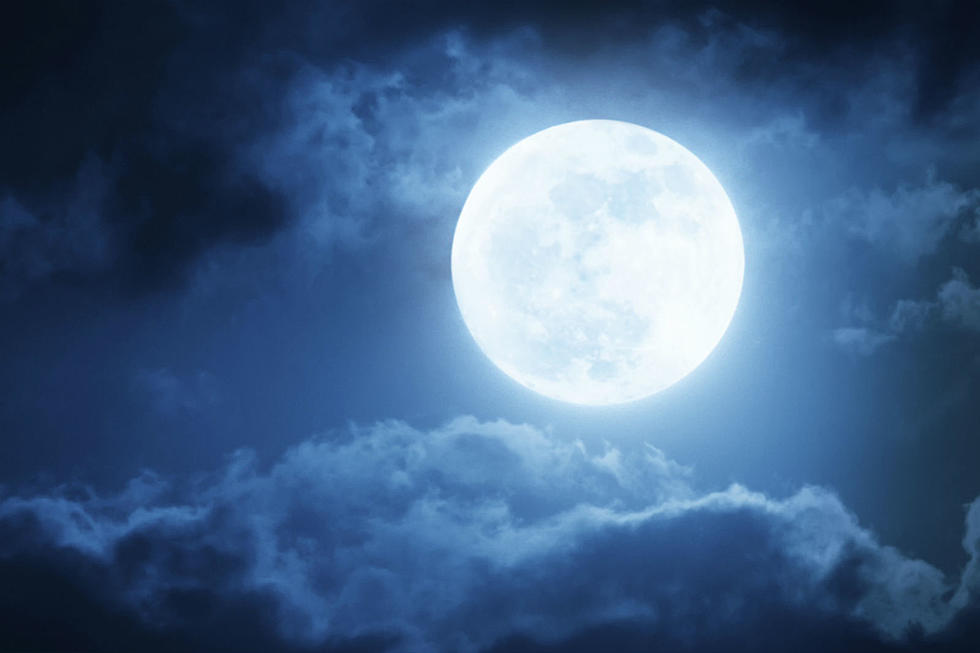
Harvest Moon Coming to Maine Early Friday Morning the 29th
No not the Delis in the Bangor area.
No not the album by Neil Young.
Here comes the actual Harvest Moon. A special full moon coming this week.

The fourth and final ‘Super moon’ of the year will be here on Friday the 29th at 5:58 a.m.
It will appear bigger and brighter than your average full moon, hence the Super moon tag. It will be hard to miss that late into the morning. Sunrise will be at 6:35 a.m. And the forecast is calling for clear skies.
Reach out and touch. Or so it will seem.
Bonus
The Harvest Moon will be joined in the sky by our solar system’s two largest planets, Jupiter and Saturn, and its smallest, Mercury. Winner, Winner, Winner.
Another Bonus
Not only will it be the final supermoon of the year, but the fourth successive supermoon of 2023, thus marking the end of a very supermoon summer. The run of four consecutive supermoons began with the Full Buck Moon on July 3. This was followed by two supermoons in August, the Full Sturgeon Moon on Tuesday, Aug. 1, and the Full Blue Moon on Aug. 30.
Skywatchers who miss the Harvest Moon will have to wait a while for the next supermoon, which will also be a Harvest Moon, rising on Sept. 18, 2024.
And stay tuned, there will be 3 more full moons (but not Super moons) this year.
| October 28, 2023 | Full Hunter’s Moon | 4:24 PM EDT |
| November 27, 2023 | Full Beaver Moon | 4:16 AM EST |
| December 26, 2023 | Full Cold Moon | 7:33 PM EST |
KEEP READING: Get answers to 51 of the most frequently asked weather questions...
LOOK: 25 must-visit hidden gems from across the US
LOOK: The most expensive weather and climate disasters in recent decades
More From









